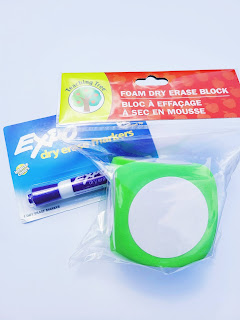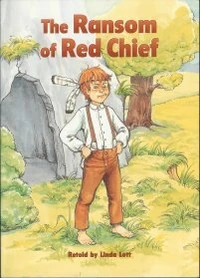As a former public speaking teacher, I'm all too familiar with student anxiety.
The first day of school can send every little worry into high gear! New teachers, new classes, for some, a completely new school!
As we think about the first day of school, we as teachers should consider what simple things we can do to break through the anxiety and make students feel more at ease.
I was walking through Dollar Tree the other day and spotted an adorable little foam cube with dry-erase options on each side. It sparked ideas instantly! It came home with me, along with a little dry erase marker.
Ultimately I came up with three ideas to use this fun tool as a way for a non-disruptive icebreaker. Take a look and see if any of them would be fun to try!
Numbers Game
Write numbers 1-6 on each side and have a corresponding list of questions on the board. Questions should be non-invasive but something that could have a different answer for each student. Let the student roll the dice and then look at the question with the same number on the board to answer. Here are some examples I thought of!
1. Tell me about a time you were really proud of yourself.
2. Tell me about a sport/e-sport you play or wish you
played.
3. If money was no problem, where would you live?
4. What's your dream vacation location?
5. If you could have one superpower, what would it be?
6. What candy do you wish you had a lifetime supply of?
Starting Letters
Write a letter on each side of the cube. Propose a few different topics (or have the students give you some ideas!) and have the student roll. The student will need to answer the proposed question starting with the letter they roll! (Almost Scattergories come to life!)
(Some popular letters to include could be R, N, T, and O. Or use the 5 vowels and Y)
They could discuss
1. Foods you like
2. One thing that is scarier than public speaking ;)
3. City/Place you’d like to visit
4. Favorite holiday and why it's your favorite
5. Something
you’d hate to step on
and so on! I'd love to hear more ideas below!
Favorite Things
It's as easy as it sounds! For an especially shy/nervous class, this is a simple, non-invasive way to make connections that will get other students to say, "hey- me too!" Write one thing on each side of the cube that a student could tell you their "favorite" of.
Ideas include things like:
1. Vacation spot
2. Food
3. School subject
4. Color
5. Favorite animal
6. Ice cream flavor
What do you think of these ideas? What other topics and questions would be good to ask? Tell me in the comments, I'd love to hear from you!
Looking for more back-to-school resources? I've got some that might help you! Check out my Editable Classroom Rules Debate, my Back to School Debate Bundle, or the Storytelling PowerPoint Game!





























































